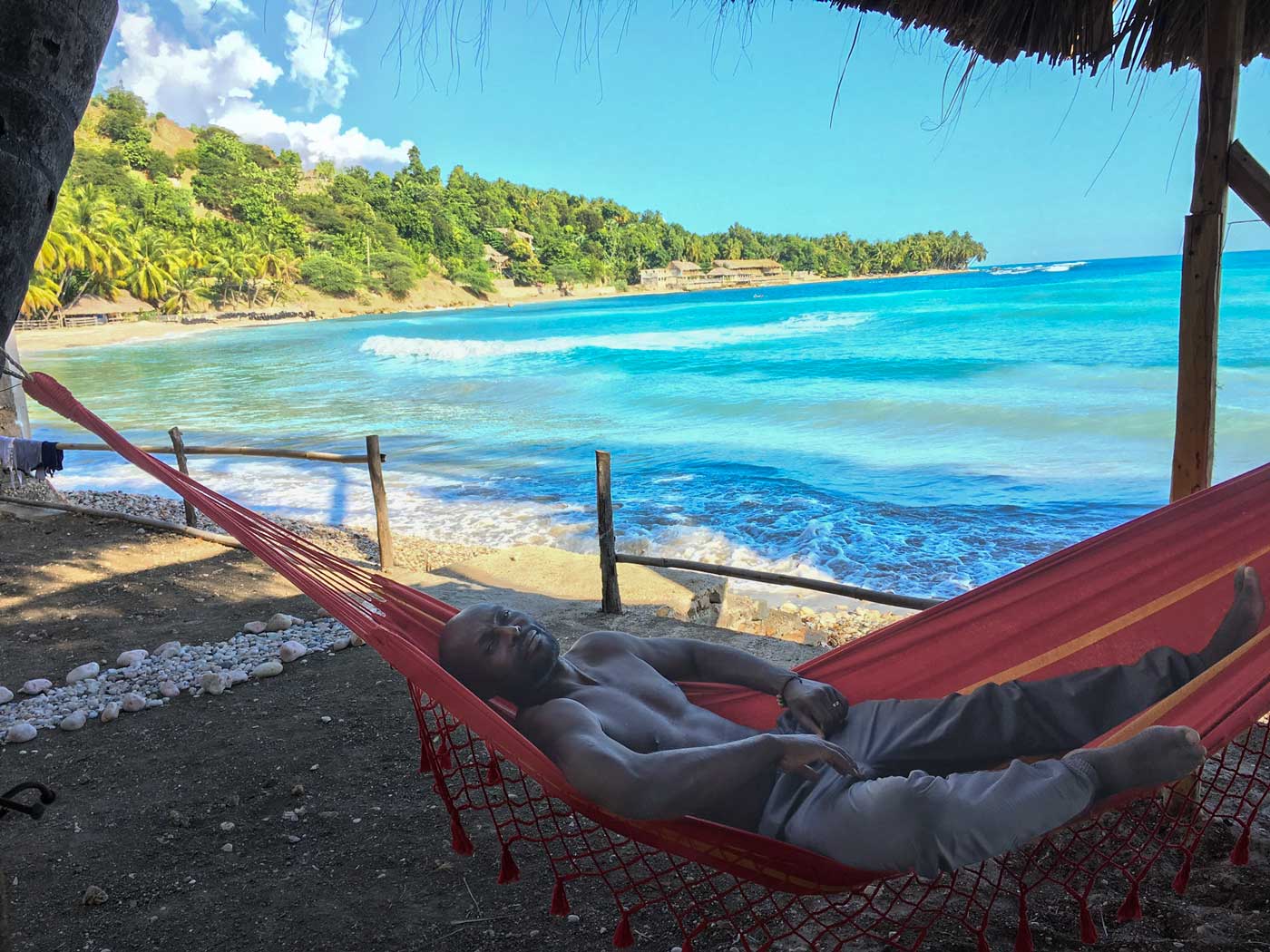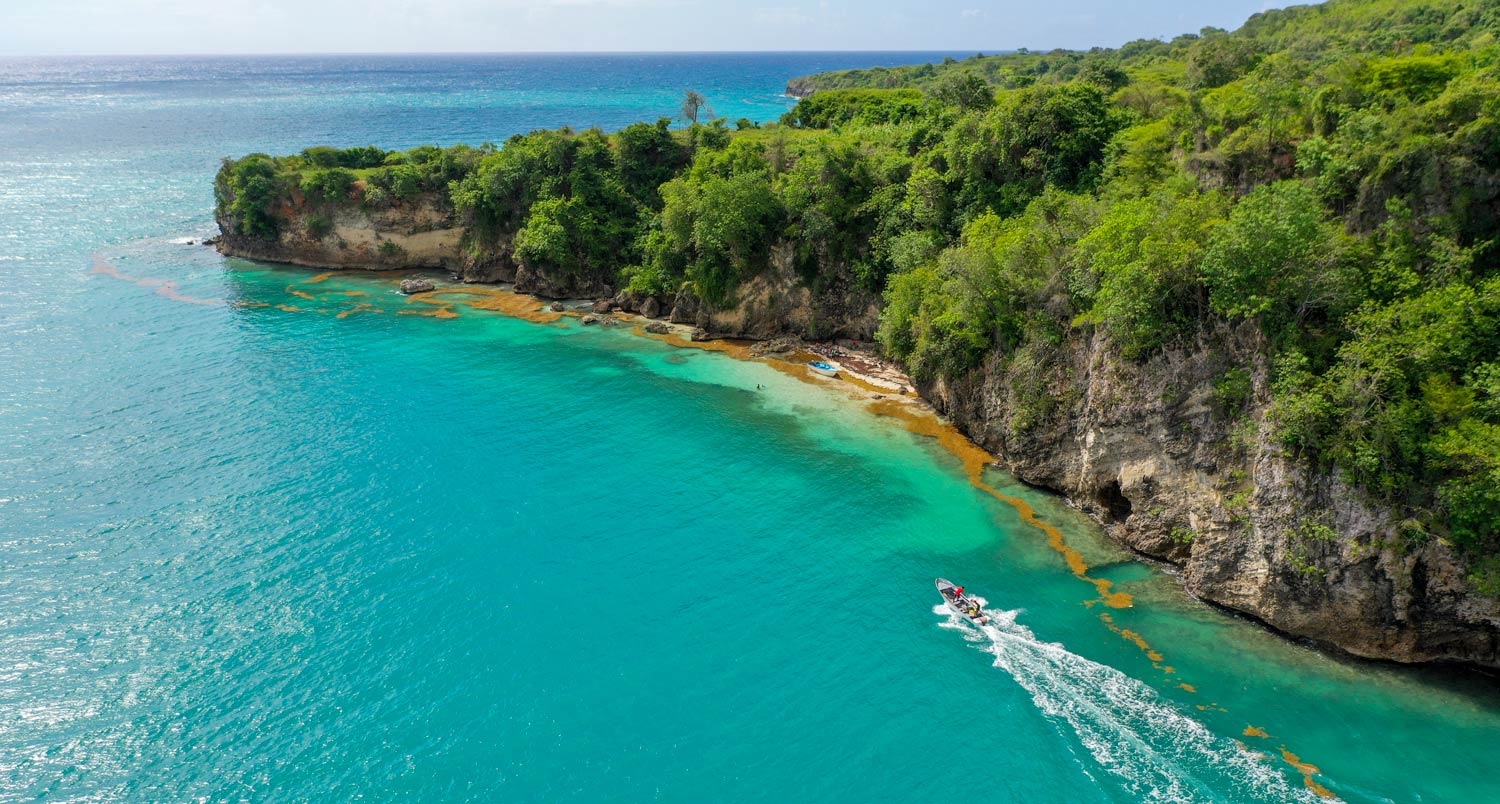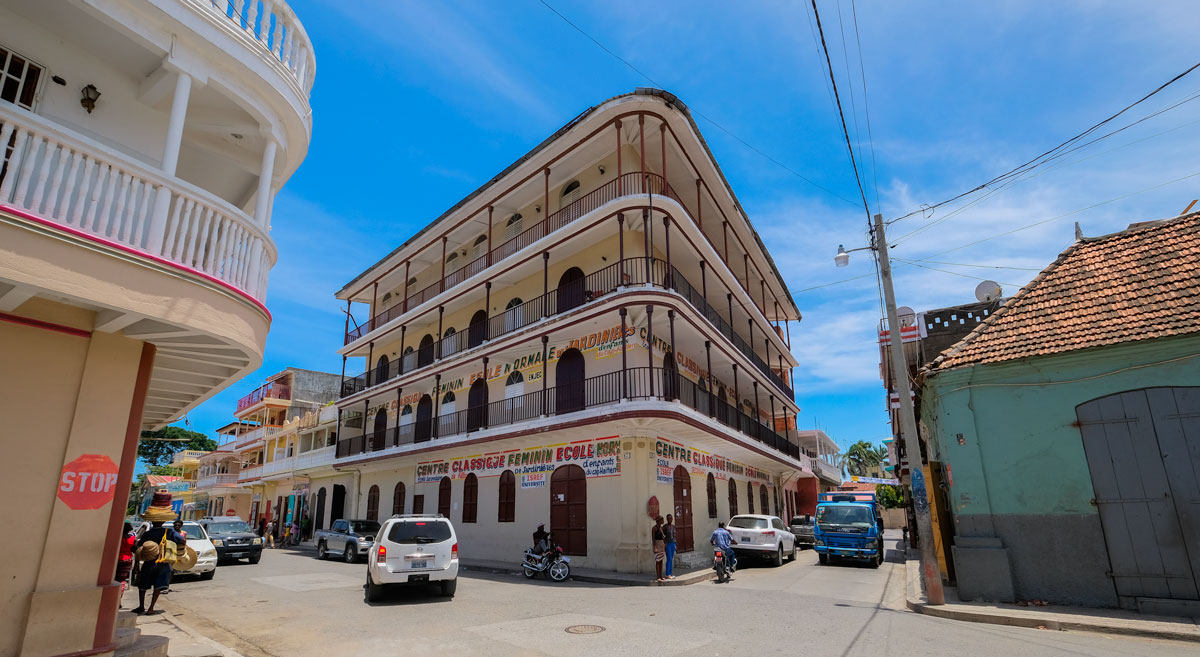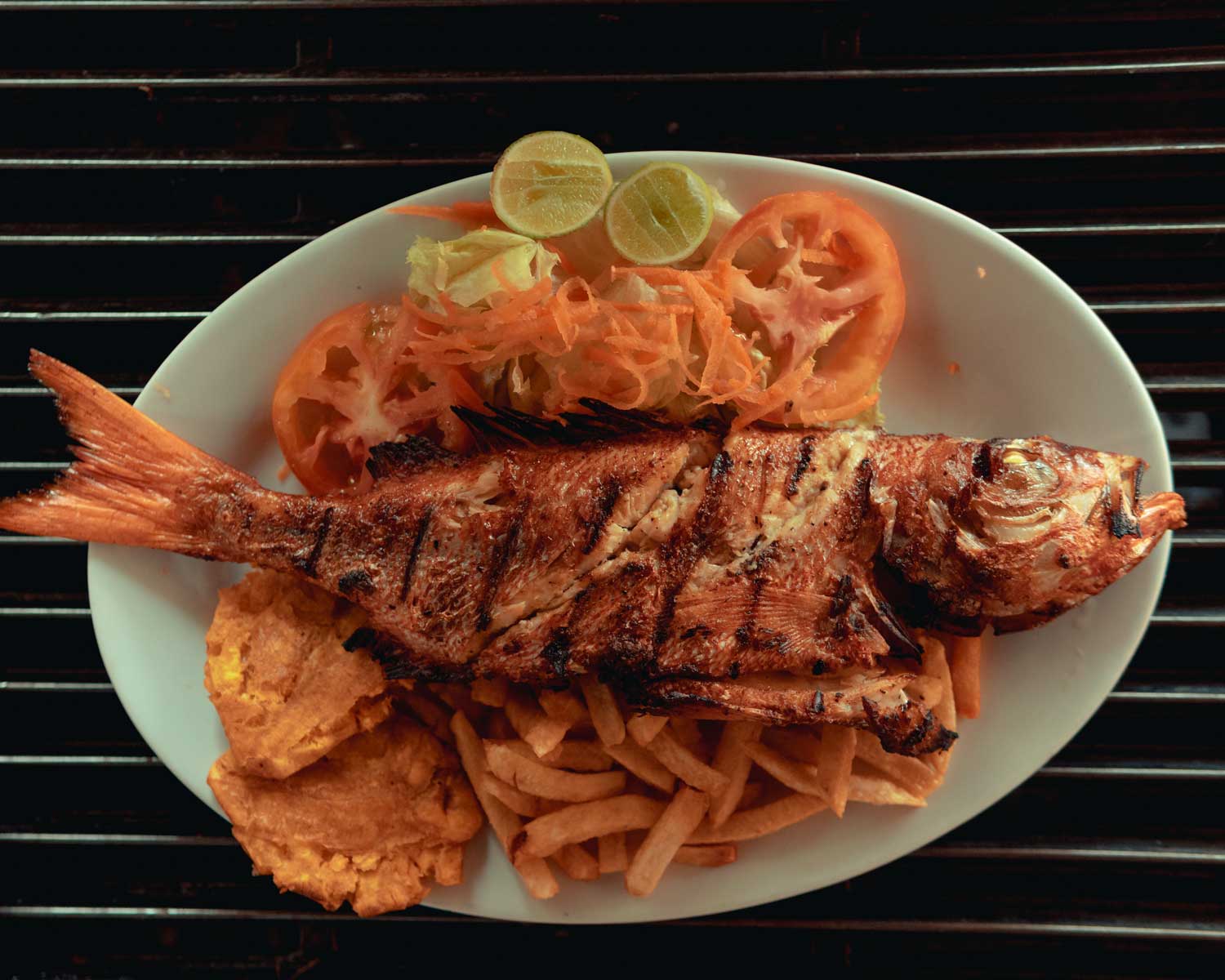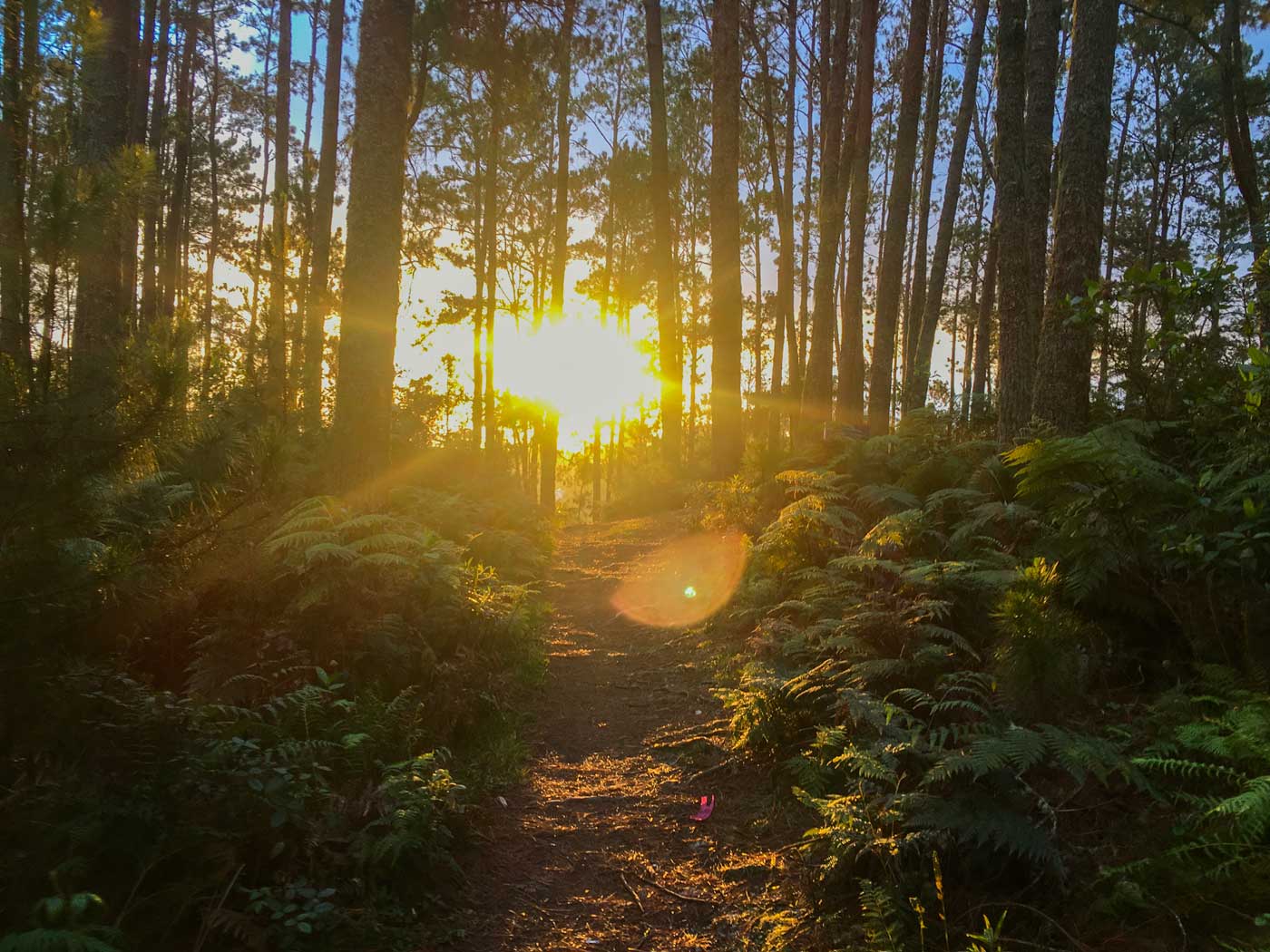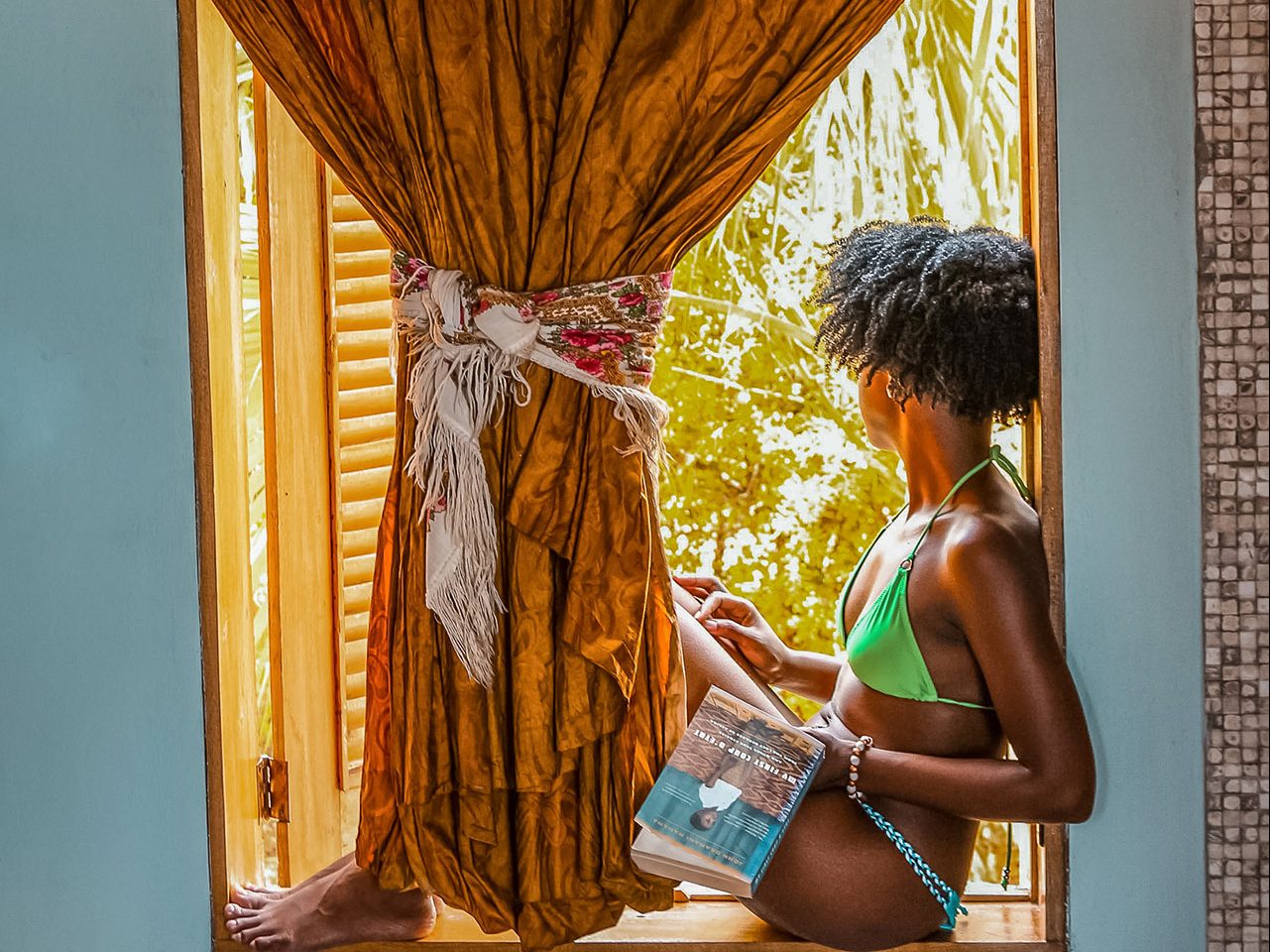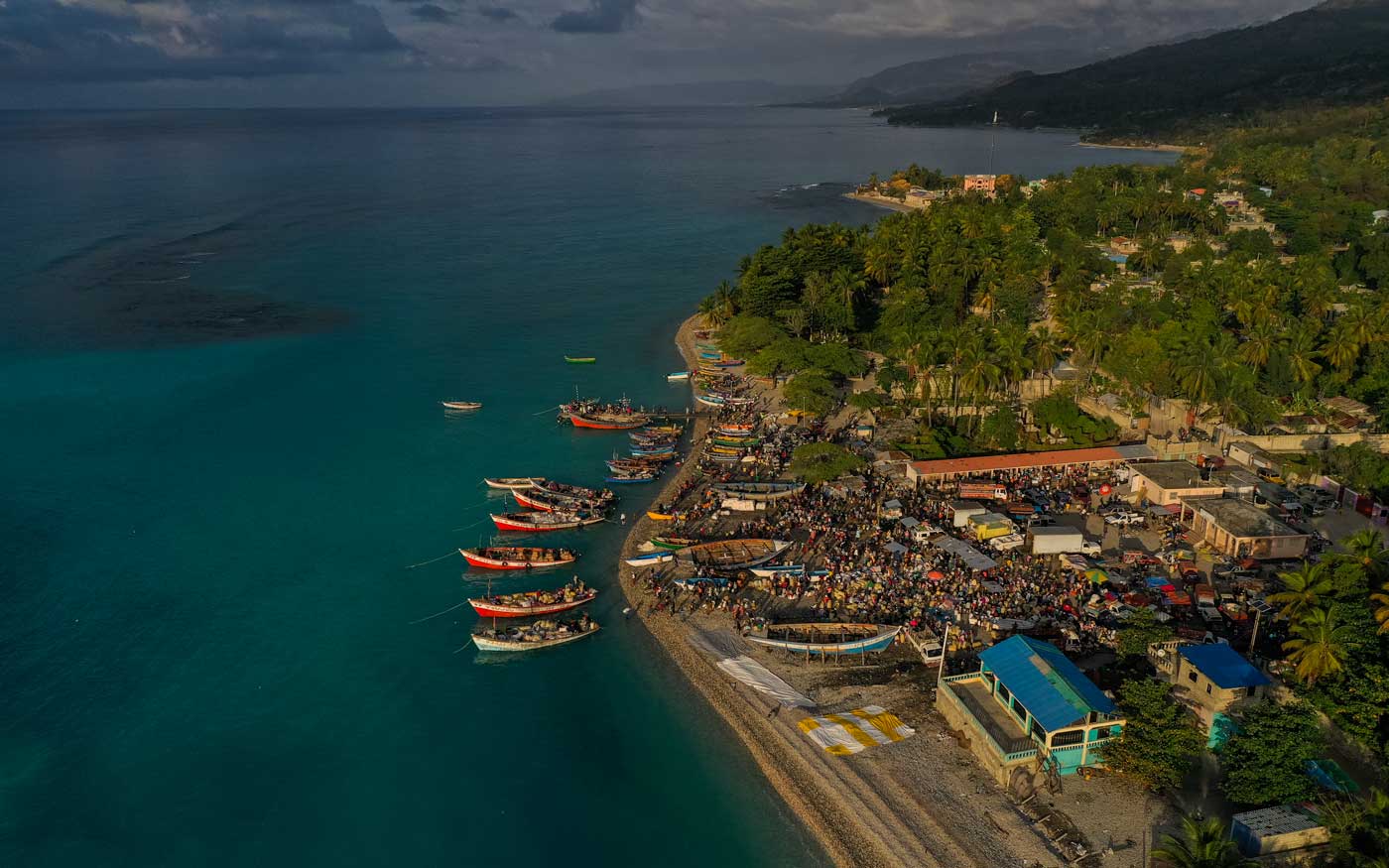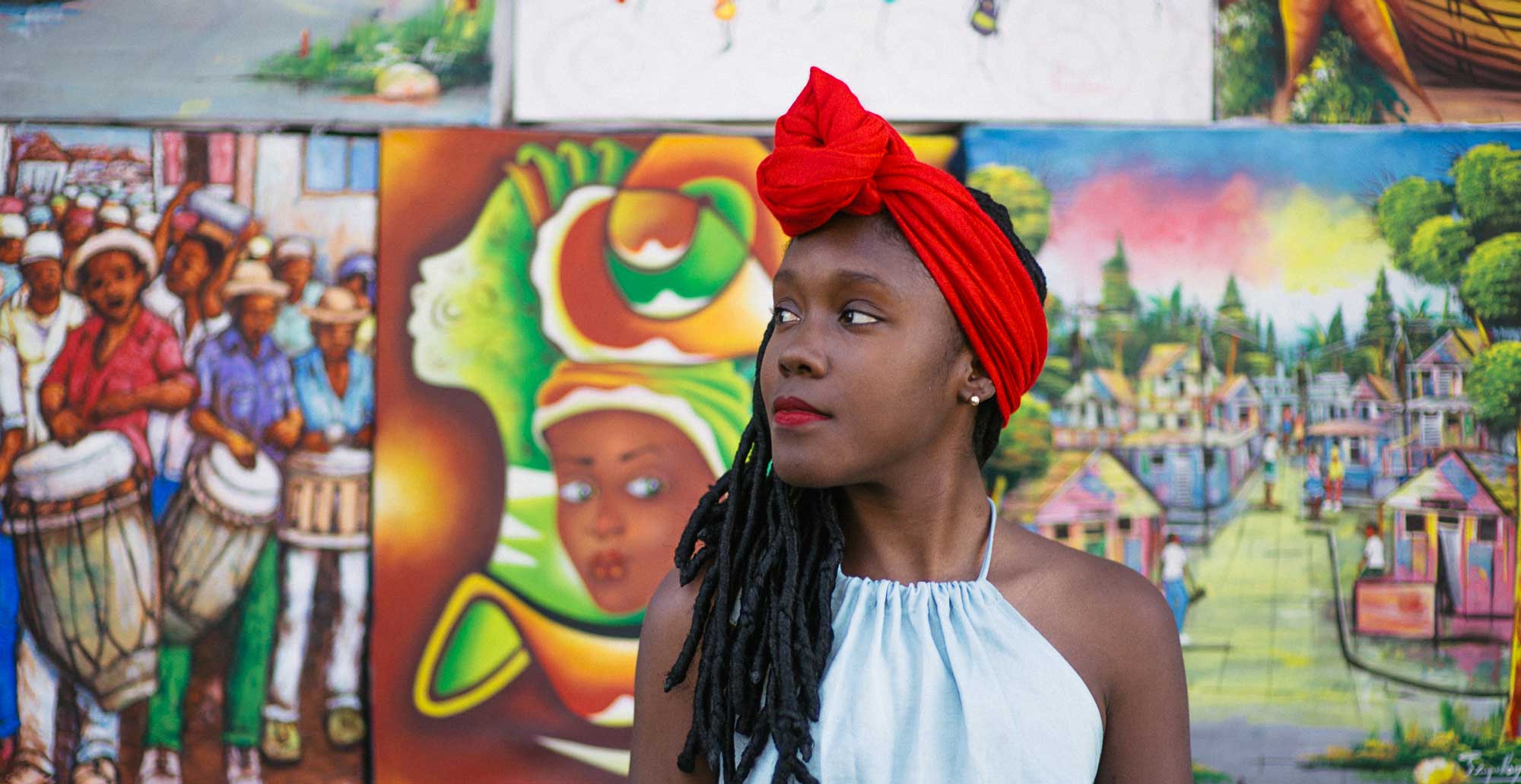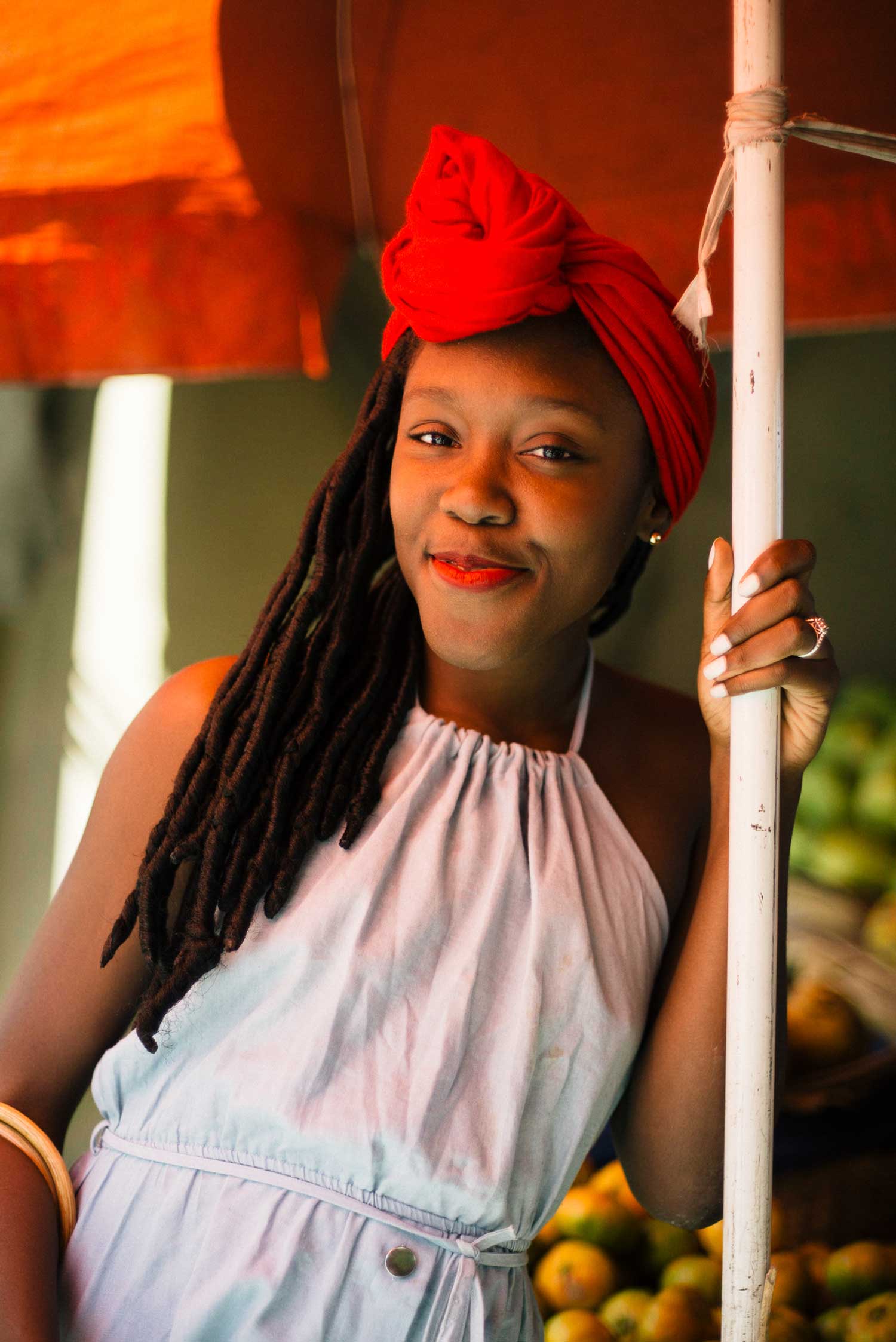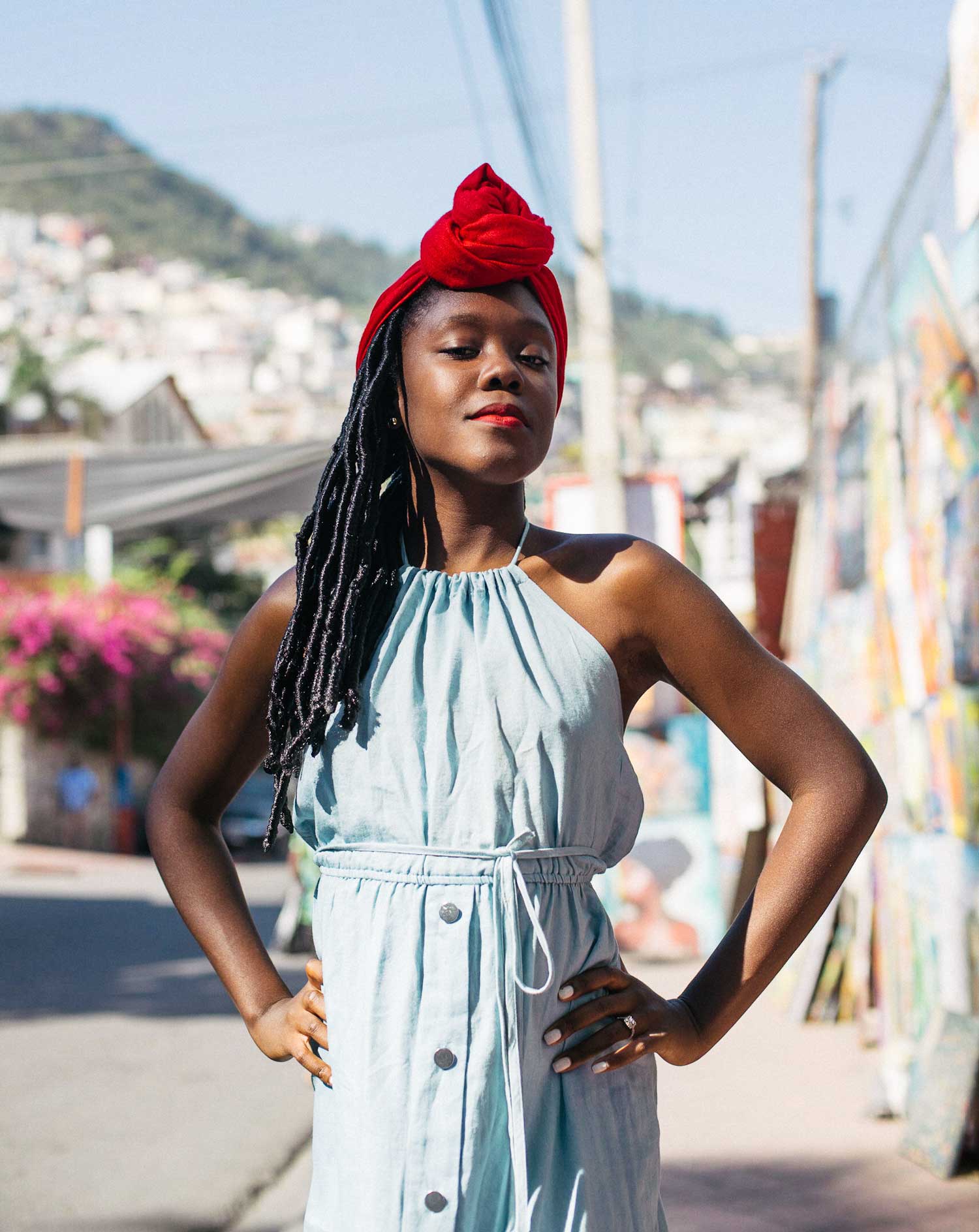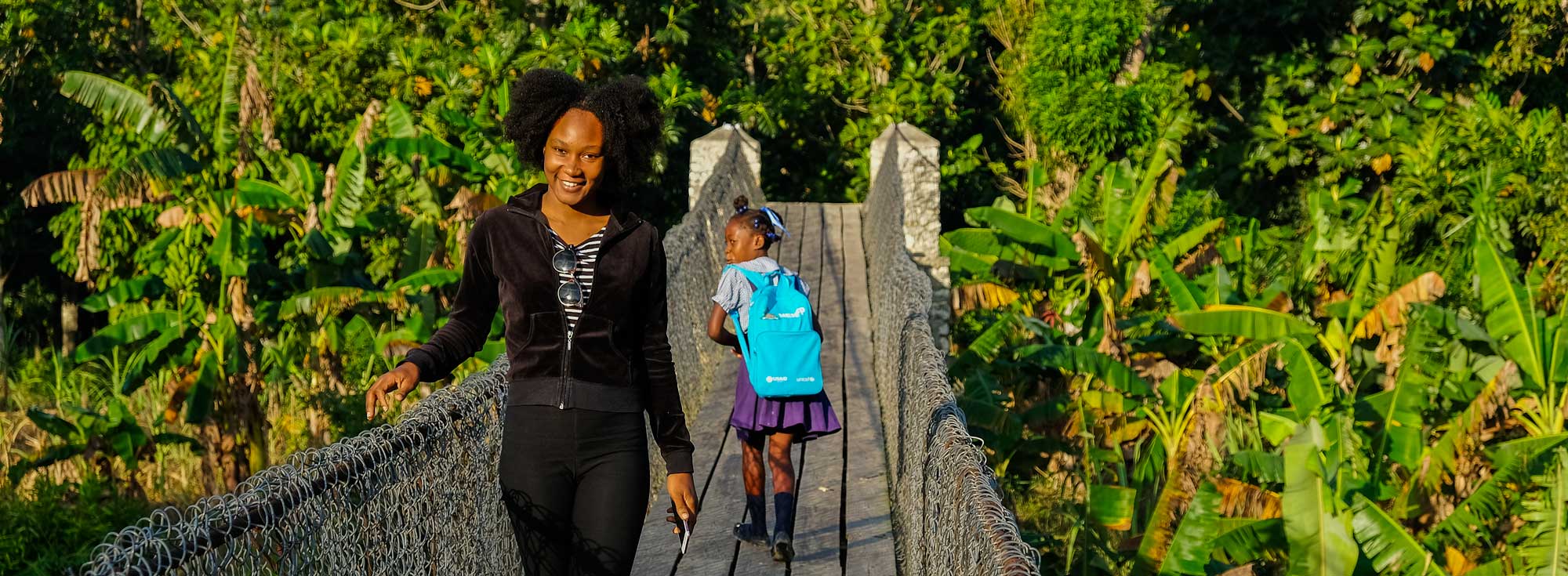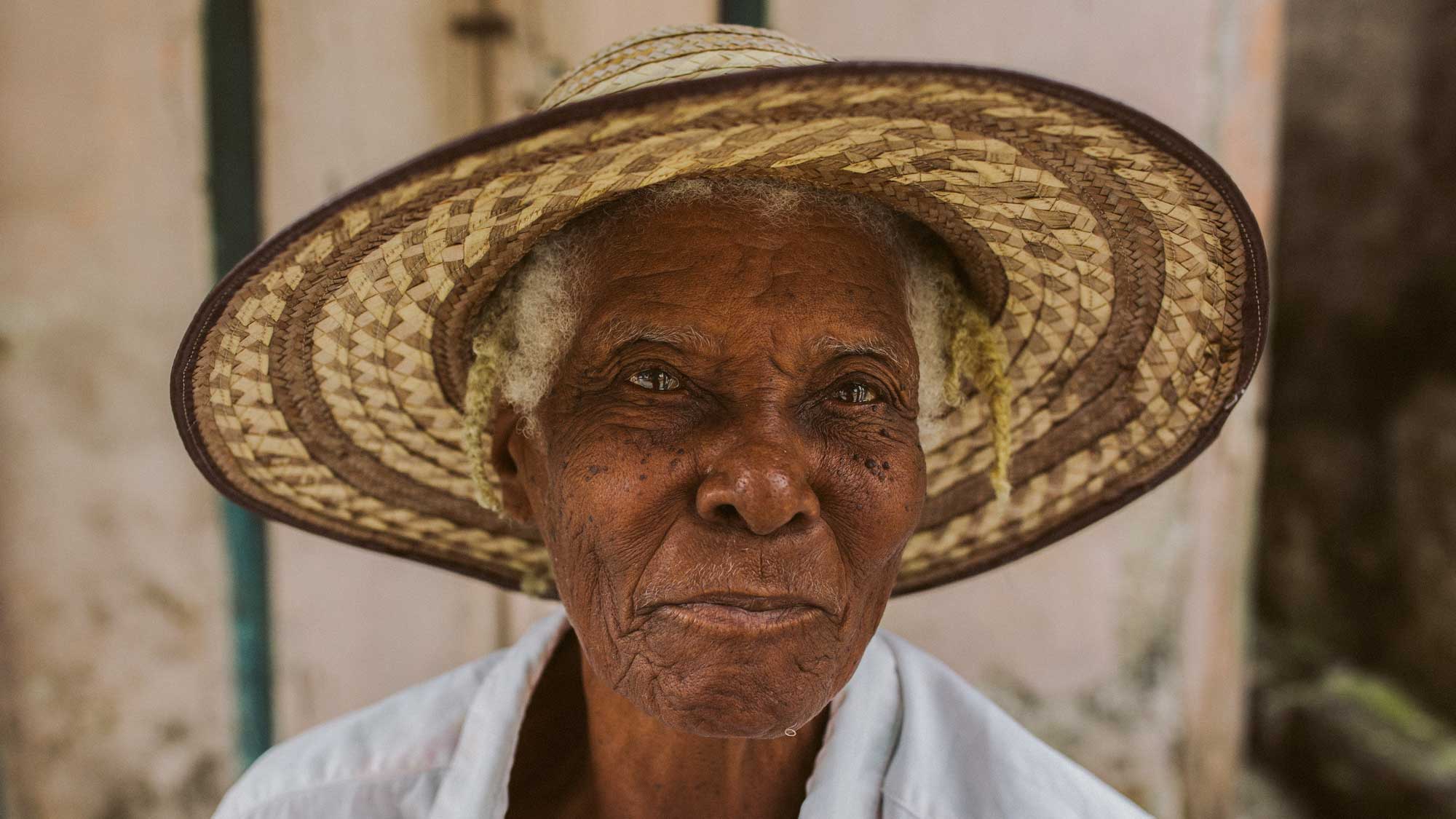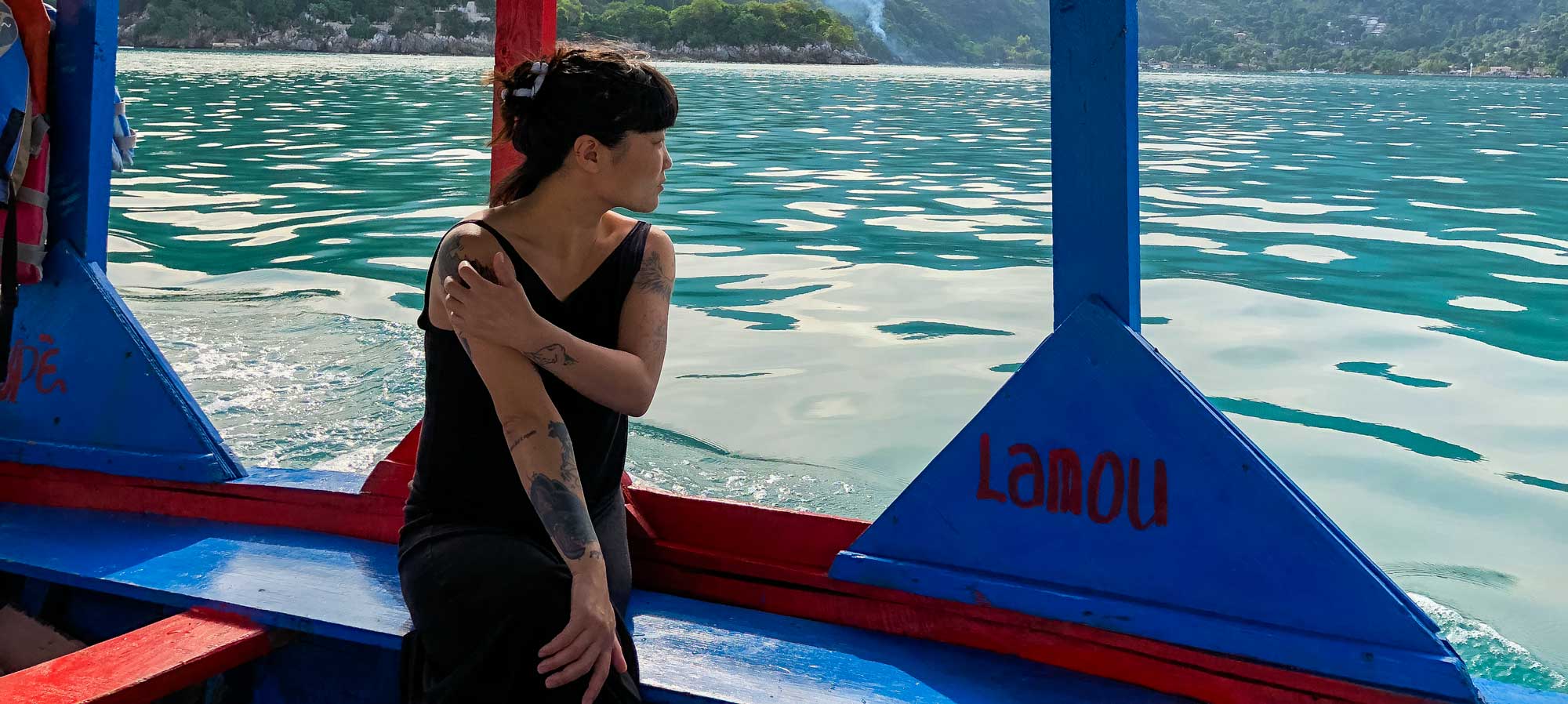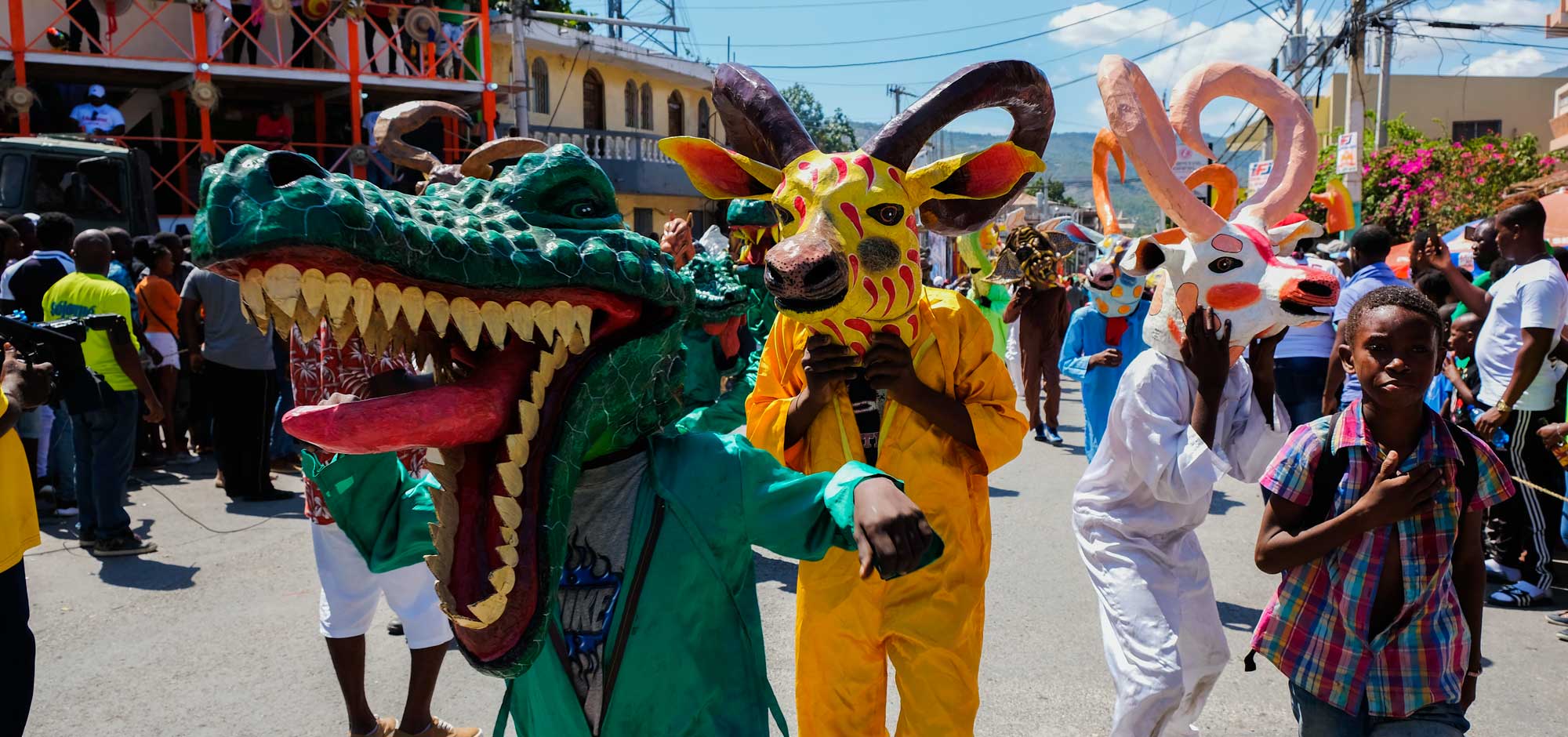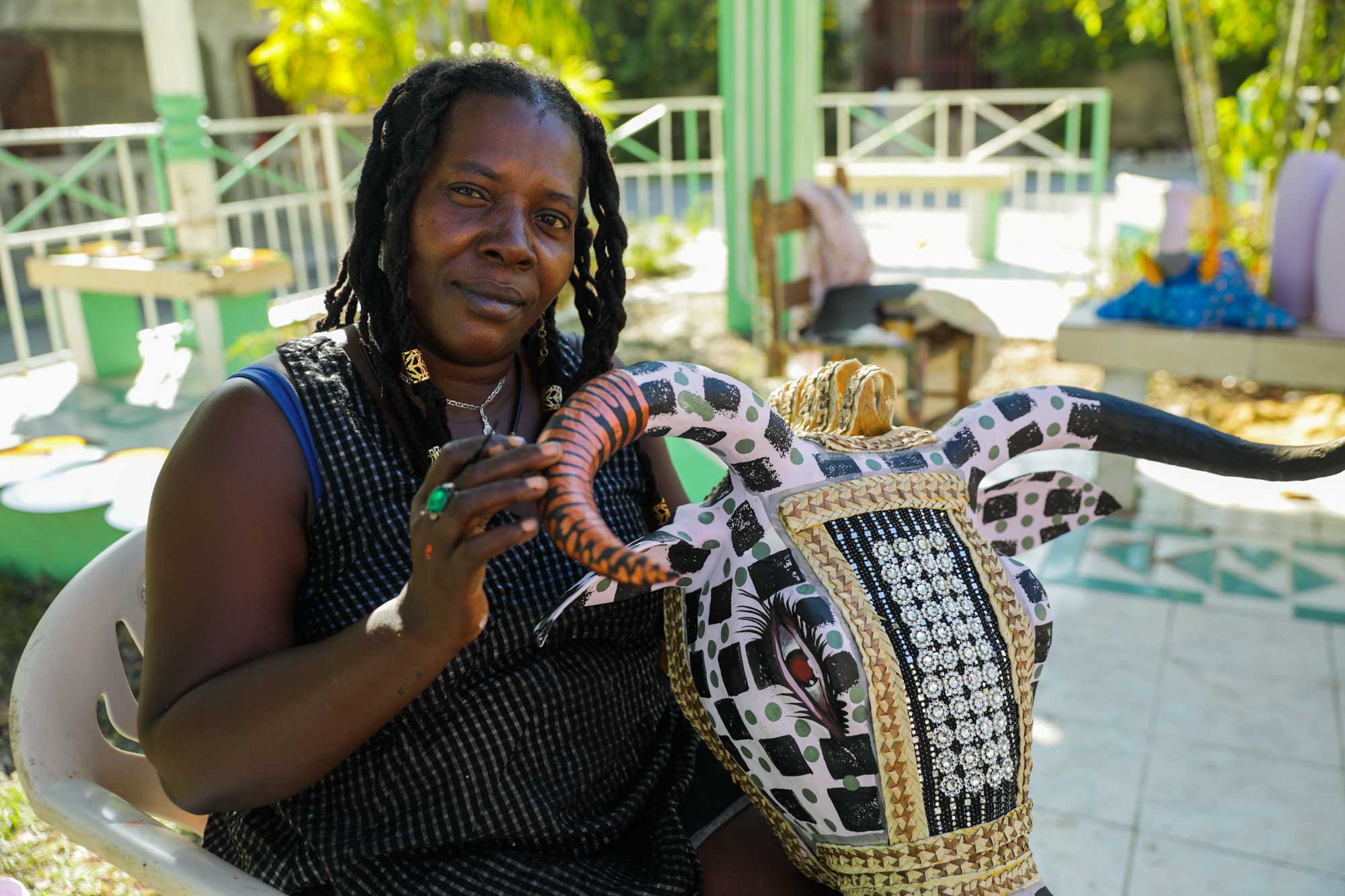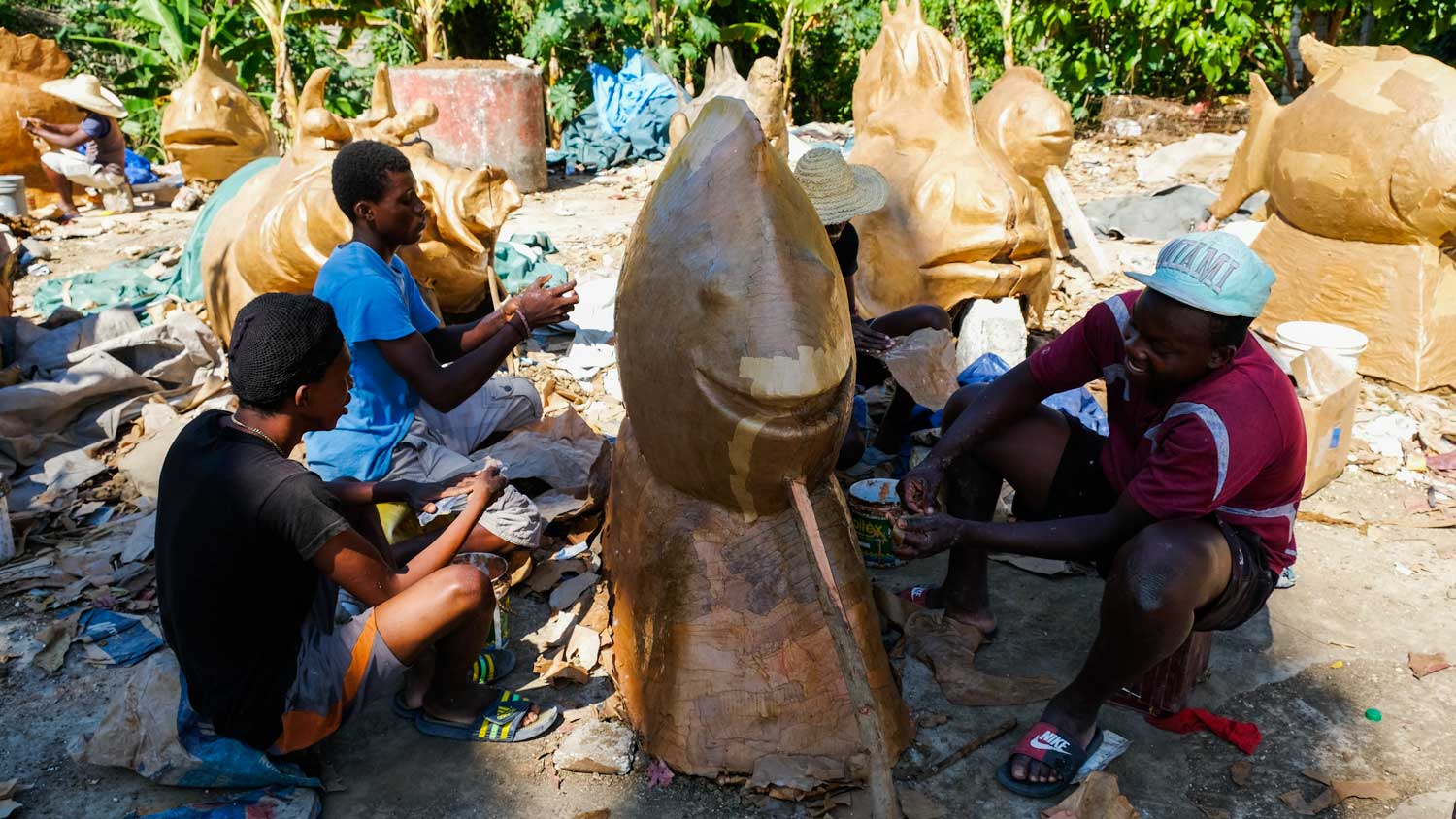
Photo: Jean Oscar Augustin
How To Spend A Saturday In Cap-Haïtien, According To Okap Native Za
Discover Cap-Haïtien beyond tourist traps with the best local guide, Agnès Jean Bernard aka Za
So, you think you know Haiti? You’ve got the independence date down, can list off the traditional dishes, name drop the big cities, and even pinpoint Haiti on a map. But here’s the real test: can you connect with the locals? That’s where the true magic of Haiti comes alive, especially in the colorful streets of Cap-Haïtien. And guess what? We’ve got the perfect insider for you: Agnès Jean Bernard, better known as Za.
Za isn’t just any guide; she’s a Cap-Haïtien native with a deep love for photography and a knack for travel. She’s turned her Instagram profile into a love letter to this city, all while diving into her studies in tourism and hospitality.
Want to see Cap-Haïtien through the eyes of someone who adores it? Follow us as we tag along with Za for a day, exploring every nook and cranny of her hometown. Our adventure kicks off at the city’s gateway, where the sea breeze leads us to Za’s first love: the bustling Boulevard.
Where should we start if we have one day to discover the city of Cap-Haitien?
Oh, you have to start with the Boulevard of Cap-Haïtien (or Boulva Okap as it’s known to the locals). It’s this amazing stretch from 5th all the way to 90th Street, and it’s lined with all the city’s cool spots. Cap Déli for a bite, Boukanye for a chill, Potiwa Pizzeria when you’re craving a slice, Lakay Bar Restaurant for the vibes, and Gwòg… well, you’ll see.

Photo: Jean Oscar Augustin
When is the best time to go down there?
Definitely on Sundays. It’s like the whole city comes alive in a different way. Families, friends, everyone’s out and about, just soaking in the day. The boulevard is the heart of it all. I mean, I learned to drive a motorcycle there, dodging between the stalls and the laughter. But really, it’s the street vendors that pull me back. They’ve got this warmth, you know? Always ready with a smile or a kind word – it’s just how we do things here in Okap.
And let me tell you, those smiles and hellos – they’re golden around here. It’s like, in Cap-Haïtien, we’re all about making everyone feel right at home.
Strolling down the boulevard with Za, we take a detour up an alley, heading towards the center of the city. There, standing tall and proud, is a building you can’t miss no matter where you are in the city.
What’s our next stop?
We’re diving into the city’s heart, hitting the most romantic spot in Cap-Haïtien. It’s seen countless couples come and go, and been the backdrop to a million dates. Trust me, it’s got a vibe you can’t ignore.
As we walk closer, the building’s grandeur comes into full view.
This is a cathedral, isn’t it?
Yep, that’s the one. It’s more than just a building; it’s a piece of us, a testament to the resilience of the Haitian spirit. Despite facing numerous challenges over the years, it has been lovingly restored and stands as proudly today as it did when it was rebuilt in 1942.
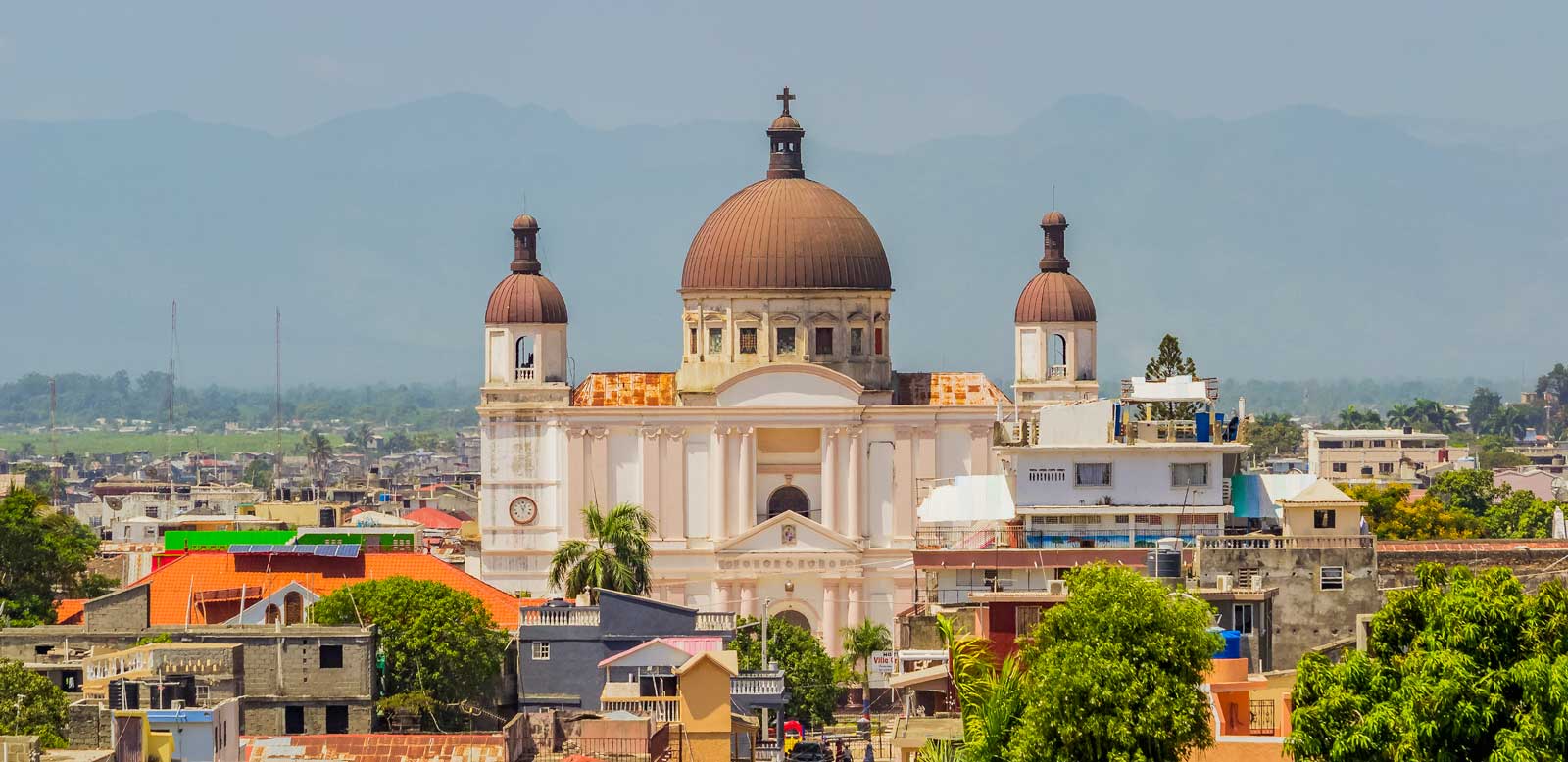
Photo: Verdy Verna
And that spot over there?
Ah, that’s Place Notre Dame. The place I was gushing about. If you’re anything like me, a hopeless romantic, this place will capture your heart with its undeniable charm.
Just a jump from the majestic doors of Notre Dame Cathedral, and we find ourselves in the square that shares its name. It’s easy to see why Za’s so taken with it.
So, what’s the story with this square?
Place Notre Dame, or Place d’Armes as the old-timers say, has seen its fair share of history, from military parades to darker times. But today, it’s got a different vibe. There’s this statue of Emperor Jean-Jacques Dessalines, right in the middle, looking fierce with the Independence Act in one hand and our flag in the other. And now, this place is all about life and culture, hosting everything from music gigs to art shows.
You hang out here a lot?
For sure. It’s like my second home. Catch me here on a lazy afternoon, just chilling with a fresco ice pop. Speaking of which, ready for the next adventure? It’s market time!
We zigzag through the streets, leaving the grandeur of the cathedral behind, and soon, we’re squeezing into a three-wheeled tuk-tuk taxi, buzzing with excitement. Before we know it, we’re stepping out into the busy artisanal market.

Photo: Jean Oscar Augustin
This place is buzzing! What’s it all about?
Welcome to 23rd street, the epicenter of Okap’s craft scene. This place is a treasure trove – ironwork, pottery, mahogany sculptures, you name it. It’s like a crash course in Haitian creativity. Even if you’re not shopping, just soaking in the artistry is a treat.
This is my personal recommendation. Don’t miss the handcrafted goods. It’s amazing what folks can do with beads, leather, and wood. Seriously, take a moment to check them out.
After wandering the market and marveling at the craftsmanship, Za’s got another idea. “Let’s take the scenic route,” she says, plotting a path that’ll take us from the historic battlegrounds of Vertières to the vibrant iron market, with stops at the forts along the way.
If your time in Okap is limited, Vertières is non-negotiable. It’s where the Indigenous Army turned the tide against Rochambeau’s French colonial forces, a pivotal moment in our fight for freedom. There’s a monument there, put up in 1953 to mark our independence’s 150th anniversary. It’s got six of our heroes standing tall. It’s a powerful site, especially for anyone interested in Haitian history. And every November 18th, we throw a parade there to remember the battle.
So, is that the only piece of history we’ve got in Cap-Haïtien?
Oh, not by a long shot! You’ve got to check out Fort Picolet, just a bit west of the city. Built way back in 1739, this fort has seen it all. Just follow the coastline, and you’re in for some stunning views of the Bay of Cap-Haïtien. The old walls and cannons there have stories to tell about the city’s past, especially during those colonial wars. It’s the perfect side trip when you’re exploring downtown, and you can easily do it in a day.
I also recommend Fort Saint Joseph, which was recently restored. It’s part of the old defense network, along with Fort-Magny and Picolet, that guarded the northeast of Cap-Français as the city was called back then. Fort Saint Joseph is easily accessible and you’ll pass by it if you’re going to Fort Picolet.
As the day winds down, we’re chilling by the entrance to the city, waiting for our ride to the seaside to cap off the evening.

Photo: Jean Oscar Augustin
Got any last gems for us?
You can’t leave without visiting the Iron Market, or Marché Cluny as the locals call it. It’s located over at 10 Cluny Square and architecturally it’s very similar to the iconic Marché en Fer in Port-au-Prince. It dates back to the 19th century when it was a slave market, but now it’s a bustling spot where you can find pretty much anything, from snacks to souvenirs. Hit it up on Tuesdays or Saturdays. That’s when the place really comes alive. Trust me, it’s the best time to soak in the crowded market vibes.
Hanging by the seaside, Za keeps us hooked with tales of the city and its rich tapestry of history. And if you’re wondering where to grab a bite in Cap-Haitien, Za’s got a list of must-tries.

Photo: Jean Oscar Augustin
Interview by Melissa Beralus.
Published December 2024.
Explore Cap-Haïtien

Paradise for your inbox
Your monthly ticket to Haiti awaits! Get first-hand travel tips, the latest news, and inspiring stories delivered straight to your inbox—no spam, just paradise.











